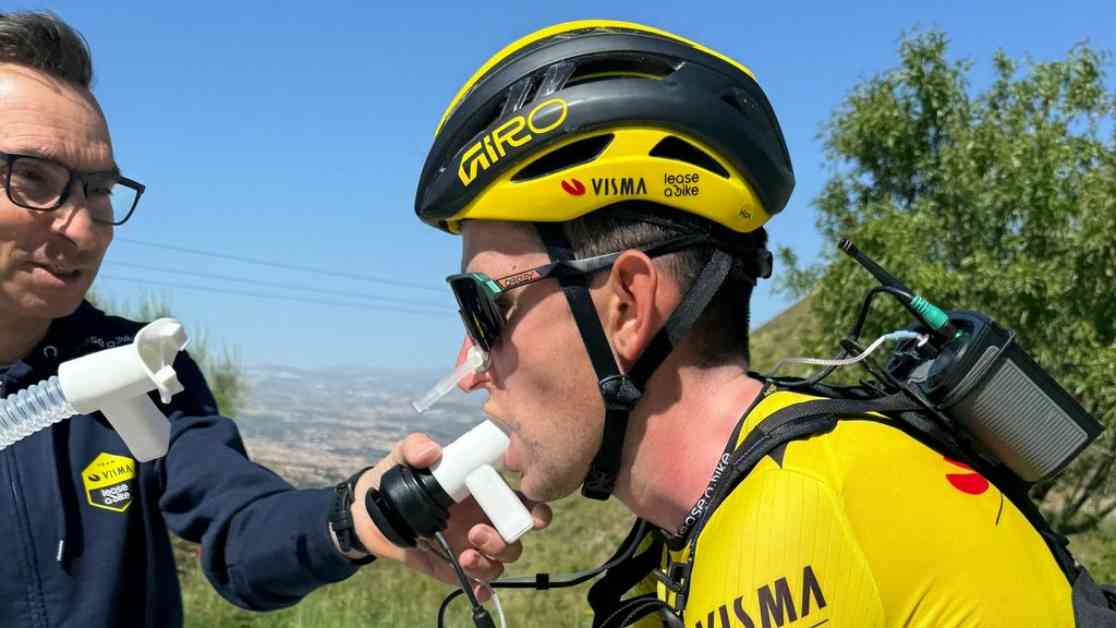The sale of certain plastic products such as disposable tableware and straws should be banned in the EU starting from the year 2021. This is a Directive adopted by the European Parliament on Wednesday finally. The amendment also requires that until 2029 at least nine out of ten plastic bottles separately collected and recycled.
even before the final vote in Strasbourg in December with the member States, the agreement reached a wide majority was expected. The new regulation is to help reduce the tons of plastic waste in the environment and in the world’s oceans to contain. In effect the Changes to which the EU had agreed negotiators in December will come, probably in about two years.
the measures could be avoided according to the EU Commission, by 2030, the environmental damage to the value of 22 billion euros. Consumers could save up to 6.5 billion euros. More than 80 percent of the garbage in the oceans is plastic.
What was decided?
bans: disposable products that are more environmentally-friendly Alternatives, you must, no later than 2021 withdrawn from the market. This includes cotton buds, disposable tableware, drinking straws and balloon sticks. The member States must enforce.
in addition, there are further requirements for plastic bottles: From 2024 beverage containers made of plastic may be distributed only, if the seals in the lid and can be reduced mounted on the container
Less consumption: The consumption of single-use products, for which there is as yet no sustainable Alternative, to felt. The same applies for drinking cups and food packaging. The member States must adopt appropriate measures, of a binding target, there is here, however.
labelling: disposable products with a certain plastic content must be marked. So to be drawn to the negative environmental impacts of Hygiene inserts and wipes.
Extended producer responsibility:
manufacturer of all products affected by the Directive, should be involved in the cost of cleaning measures, public awareness campaigns and waste management in connection with their products. The tobacco industry should take in the future about the costs for public systems for the disposal of cigarette butts.
recycled: , The Directive provides binding targets for the improvement of the waste separation rate. Until 2025 to 2029 at least 90% of the land as at least 77 percent of all disposable plastic bottles in the correct waste container. In addition, new PET plastic bottles by 2025 should consist of a minimum of 25 percent recycled plastic. By 2030, this binding target should be raised to 30 percent
What measures are already in force?
The EU Commission had presented to 2015 a strategic plan for the Development of circular economy. The plastic bags policy by November 2016, which aims to reduce the use of disposable plastic bags clearly followed, for example. In Germany, the trade undertook to determine the free distribution of plastic bags to limit.
Video 27.03.2019, 10:37 Uhr01:39 Min.Video graphics: How plastics pollute the environment
How much plastic waste is being produced, how much of it recycled?
Figures published by the EU Commission according to 26 million tons of plastic waste in Europe annually. 37.4 pounds per capita in Germany produced significantly more than the EU average (31,1 kilos per inhabitant). The EU is far less than a third of the discarded plastic recycled
What happens with the rest of the plastic waste?
The rest of the waste is burned or stored. So far, the member States, to export collected about half of the and sorted plastic waste abroad, 85 percent of it to China. The people’s Republic has stopped the Import of plastic waste is now almost complete. The EU remains on a majority of their waste sit.
Not properly disposed of plastic waste ends up mostly in the sea. A study of the U.S. science magazine “Science” is that every year, around eight million tonnes. According to the EU Commission, 85 percent of the garbage in the oceans from plastic. Half of them are, therefore, disposable products, a quarter comes from fishermen. Experts fear that it could be in 2050, more plastic than fish in the oceans of the world
How plastic affect the environment?
For many animals and plants, the plastic particles pose a threat. Whales, dolphins, seals, and other sea creatures get tangled in old fishing nets, sea birds mistake rubbish for food. Through the food chain, the waste is transferred back to the people. What is the impact of micro-plastic on human health, according to the Commission, is not known.
More about
packaging waste, the fight against the bag
Thorsten Mumme
the disposal, in particular the burning of plastic waste is a burden for the environment. So, this would save according to the EU Commission, the Recycling of a Million tons of plastic as much CO2 as a Million cars less on the roads. (Peter Esser/AFP. dpa)








